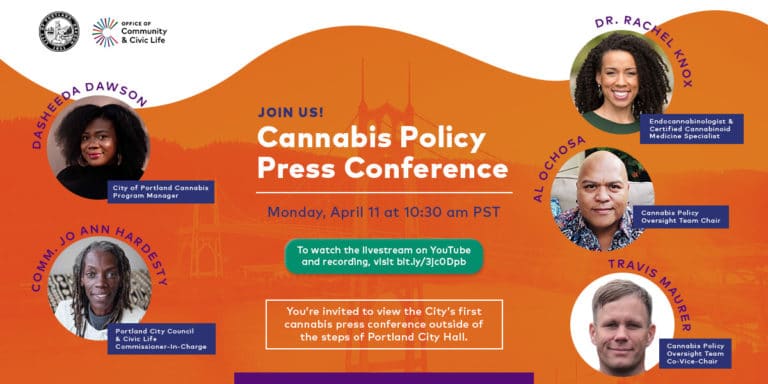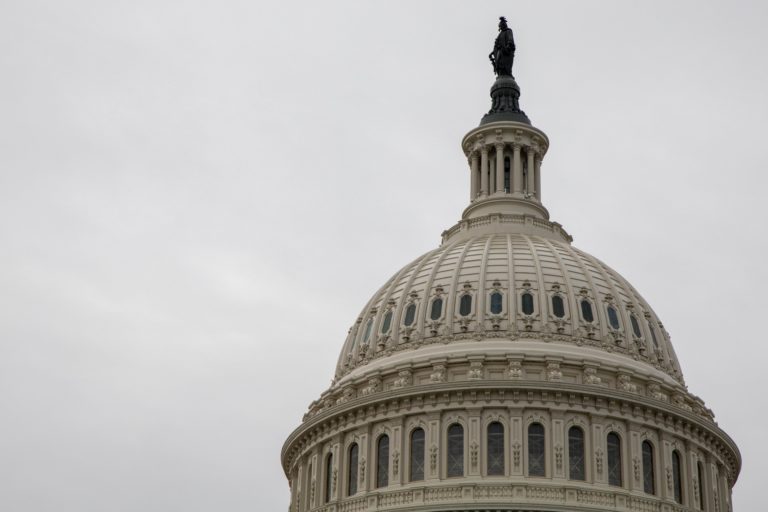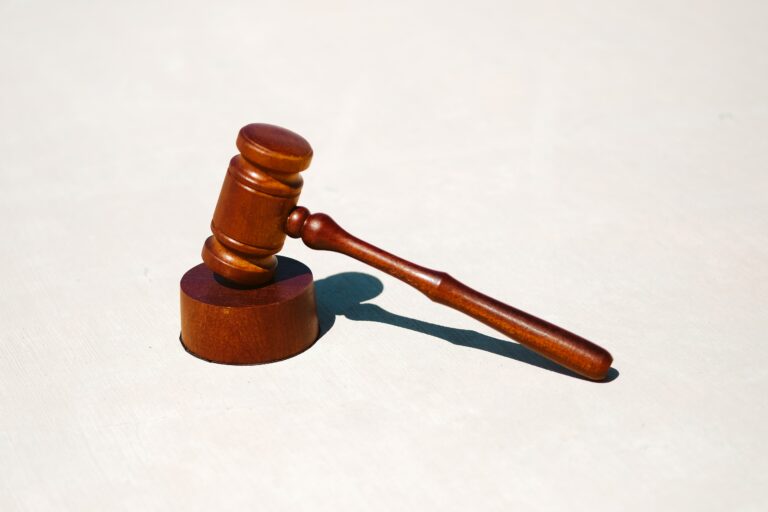The history and use of cannabis for both community and medicinal purposes has been long recognized and studied for most of our history. In fact, most ancient cultures used the plant for medicinal purposes, estimated to be dated back as far as 500BC. In early colonial times, hemp-derived products were widespread, used for making everyday products, such as rope, paper, and clothing. In the early 1800s cannabis was discovered to help alleviate symptoms and conditions associated with Cholera, an infectious disease contracted by eating or drinking bacteria-ridden consumables, such as raw food items or contaminated water.
However, since Nixon enforced the 1971 ‘War on Drugs’ had been initiated, marijuana has henceforth been categorized as a Schedule I drug under the U.S. Controlled Substances Act as of 1972. Within that same year, The Shafer Commission, headed by previous Pennsylvania Governor, Raymond P. Shafer, was appointed by former U.S. President Richard Nixon in the early 1970s to prove the harmful aspects of the plant, in potential support of his staunchly anti-cannabis agenda. Ironically, the Commission, early on known as the “National Commission on Marihuana and Drug Abuse”, reported (page 64) “..chronic, heavy use of marihuana does not produce any physical or mental abnormalities…” The Federal Government elected to ignore these findings and deemed cannabis to have “no known or accepted medical use.”
What is U.S. Patent 6630507?
So what is U.S. Patent 6630507 and does the United States government really own a patent on cannabis? Well, the answer is simple — it’s not simple at all. Confused yet? Allow me to elaborate — The U.S. Department of Health and Human Services adopted the widely disputed patent on October 7th, 2003 that thoroughly reports on the “potential utilization” of non-psychoactive cannabinoids, more specifically Cannabinol (CBD), in protecting the human brain from detrimental harm and irreparable damages ensued by conditions such as Cirrhosis. Which is a condition stemmed primarily from chronic stages of Hepatitis C, and alcohol-induced liver diseases.

This is a far cry from the “cannabis rots your brain” rhetoric agenda initiated in the 70s, that is still so commonly pushed onto the masses. In sheer and utter contrast to that biased notion, 33 of the 50 U.S. states, including the District of Columbia and the territory of Puerto Rico, have all recognized the medical gains of cannabis, hereby decriminalizing medical use. Requirements of the approved list of qualifying conditions/diseases, along with other laws/rules regarding the marijuana possession and cultivation of medical marijuana generally vary greatly in accordance with each state’s individual laws, since they range anywhere from limited medical marijuana to recreational adult-use cannabis regulations. Today, cannabis in all of its various forms is typically ingested via smoke or vapor inhalation and is also consumed by cannabis-infused edibles or drinks.
Is CDB Patented and, if so, Who Owns the Patent on CBD?
So to recap, CBD is patented by the United States Federal Government through Patent 6630507. Over 15 years ago, The U.S. Department of Health and Human Services adopted the patent and still is the current owner of the Patent 6630507. Patent 663507 is one of the government’s well-kept secrets, and something many American citizens are unaware of when they think about cannabis legalization.
Although U.S. Patent 6630507 extensively covers Cannabinol (CBD), Tetrahydrocannabinol (THC) has been the epicenter of interest for cannabis-related research since the mid-1960s, when Dr. Raphael Mechoulam extracted it, ergo generating synthetic versions and variations of the cannabinoid for extensive research. The latest symbiotic and harmonious contributions of Cannabidiol (CBD) in relation to cannabis pharmacology and various worldwide studies have since been scientifically demonstrated. In 1996, California became the first U.S. state to permit the use of medical cannabis, to follow this conclusion the first attempt to patent the medical, non-psychoactive properties was made in 1999 by scientists with the NIH. Researchers were exploring the antioxidant properties of the plant for review of utilization in the treatment of neurologically complex degenerative diseases. Since the inception of patent 6630507, the chemical compound cannabinol (CBD) has been closely observed even stating “No signs of toxicity or serious side effects have been observed following chronic administration of cannabidiol to healthy volunteers, even in large acute doses…” within the document. In spite of the patent’s obvious clarification of the medicinal properties as a viable treatment option for a wide array of both physical and neurological ailments, the U.S. Drug Enforcement Administration elect to ignore this potent information, leaving cannabis in the same category of drugs such as heroin, LSD, ecstasy, and psilocybin.
Dr. Jonathon Cachat, Ph.D. and former Director of Laboratory Science at Hocking College specializes in Social Neuroscience. With vast experience in psychopharmacology and data analysis, he entered the medicinal cannabis field in 2013, with the hope of potentially exploring the wide range of medicinal properties still left uncharted. In the spirit of potentially helping expand research to better meet the needs of the growing demographic of medicinal cannabis patients, he knew we needed to find and learn more. He seemed both shocked and appalled to see how hypocritical the industry standards and information truly are in regards to cannabis versus other schedule-one substances, such as lysergic acid diethylamide (LSD). Stating that is was “extremely easy, extremely quick, and extremely routine.” to obtain large amounts of various schedule one substances. “… the same thing with psilocybin, MDMA, and LSD, even the psychoactive Iboga plant was easier to obtain than cannabis for clinical experimental research”. Explaining that despite being DEA registered, it took an additional nine months of approvals, involving three separate applications being sent to three different agencies in order to obtain access to a subpar-quality RSO, packaged in a vile with 100% alcohol for a behavioral psychopharmacology experiment. Stating that there was a handwritten note included in the packaging prohibiting the separation of the tetrahydrocannabinol (THC) from the alcohol itself, ultimately compromising the full integrity of said research, and discouraging human consumption.
Patent 6630507 is Hypocritical
Currently, you can only order cannabis for medical research exploration through the University of Mississippi, which is grown, processed, and sold exclusively by the United States government and due to this heavy restriction of accessibility. “It is low quality, and not representative to what patients are consuming in the market.”, states Dr. Cahchat. He also echoed the sentiment that the only feasible way to obtain grant funding and permission to embark on such scientific endeavors was to utilize verbiage in light of studies pertaining to drug abuse, as opposed to language expressing interest in therapeutic utilization of such substances such as THC or LSD.
“The summary is, even though cannabis is in schedule-one, it’s in its own special sub-category of schedule one, it does not have the same process as other schedule-one substances, that to me was very alarming. Enforcing the contradiction that public policy does not match science,” he concludes.
This information only solidifies the extreme government overreach and purposeful suppression of cannabis research versus any other schedule-one substance.
Furthering the hypocrisy tale, on March 15th, 2013, the first Marijuana strain patent was incepted by The federal Gov’t as U.S. Patent 9095554, which pertains to “breeding, production, processing, and utilization of specialized cannabis-derived products”. Reporting and elaborating on the scientific composition, and methodology used for growing and producing said plant strains and derived compounds thereof. Extensively covering the plants three known species — Sativa, Indica, and Ruderalis, categorized by specific phenotypes and various metabolic profiles. Due to amendments within the Bayh-Dole act, entities such as universities are allowed to make their discoveries via research accessible to others who have the platform to continue studies and research that potentially could commercialize these developments. Clearly, more activism is needed in this area.
Given the vast, expansive knowledge of cannabis use throughout existence, in combination with the history of effectiveness as a viable alternative treatment option for many who face a wide array of chronic conditions — it seems entirely possible, if not likely, that our own government is using this continued rhetoric that cannabis has “no known medical use”, to further push the staunchly anti-cannabis agenda that our country has grown to accept so widely. This type of hypocritical ideology ultimately plagues marijuana patients, doctors, researchers, and society as a whole. Feeding into the deep-seeded stigmatic views that keep our country so deeply divided, on such an important topic. Which begs the question, why are we as citizens not appalled by this clear and obvious hypocrisy? When will the health and humanity of the American people stop becoming such a conflict of interest for the government, in whom we trust to be held to a higher level of integrity?









